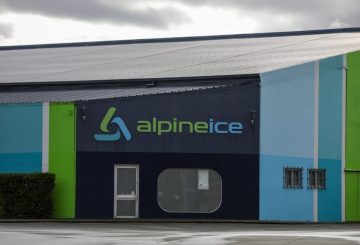As the cost of living crisis worsens, some pet owners are struggling to afford both their own meals and their pets’ food. This has led to an increase in dogs being given up to rescue organizations, which are already at their maximum capacity.
Tyra Basilicata, who started the Wellington Dog Food Bank just before Christmas, has already provided over 700kgs of food to more than 200 dogs since the start of the year. Due to the high demand, she had to switch from delivering food to people’s homes to a mobile service where people come to her.
Many of Basilicata’s clients work full-time but still struggle to make ends meet. Some even go without food on days when they have dog food.
Nicole Doriguzzi and Vicky Hayward, founders of Ellie’s Canine Rescue and Rehome, have also seen a rise in people asking for help since they started their organization in 2019. They rescued and rehomed 302 dogs in 2022, 518 in 2023, and expect to save even more this year.
Helena Clark and Johanna Rush, who started Chance 4 Change in November, have already taken in 54 dogs in the Wellington region. They’ve seen dogs being fed human food like Weetbix and milk because their owners couldn’t afford dog food.
In response to the crisis, the government announced changes to tenancy laws, including a two-week pet bond and obligations for tenants to pay for damage caused by their pets. However, these changes will not be implemented until the end of next year.
Clark and Rush plan to start an education program in the coming months to reduce the number of unwanted, neglected, and abused dogs. The program will teach children about dog safety and animal care, emphasizing the importance of vaccination and desexing.

















































-360x245.jpg)











